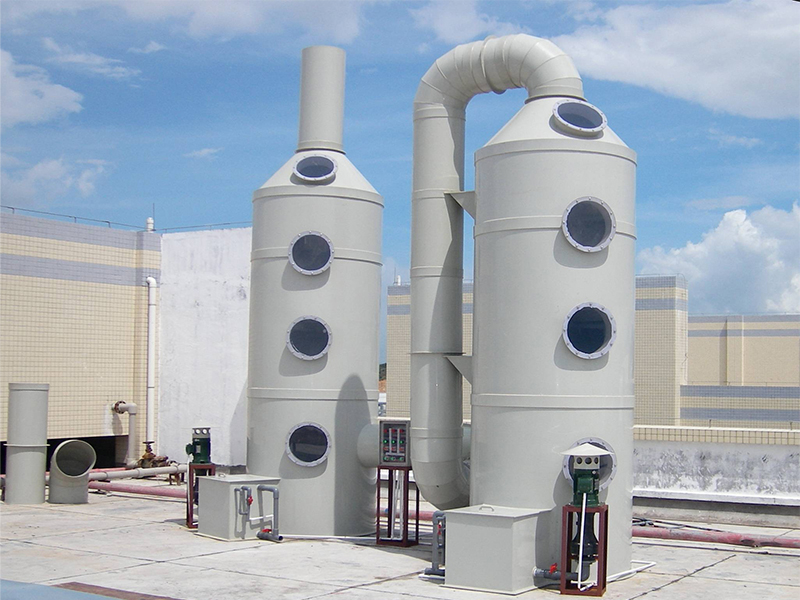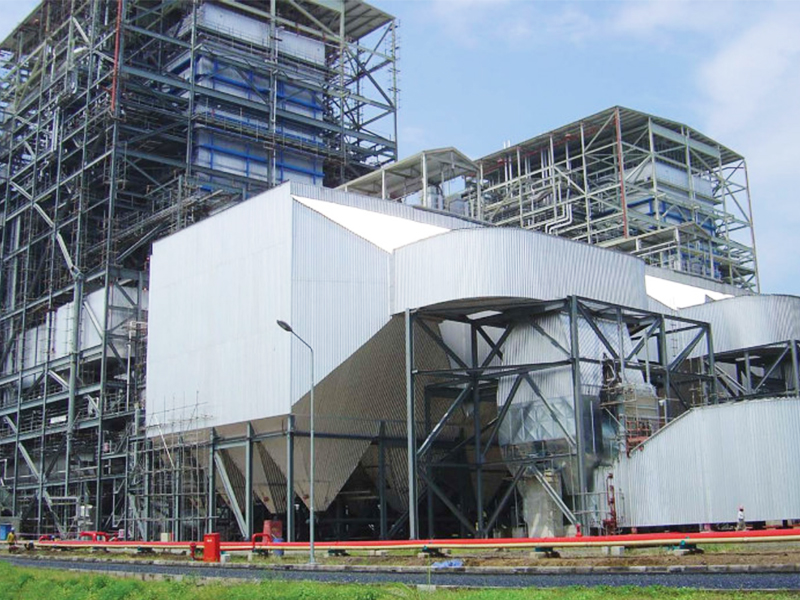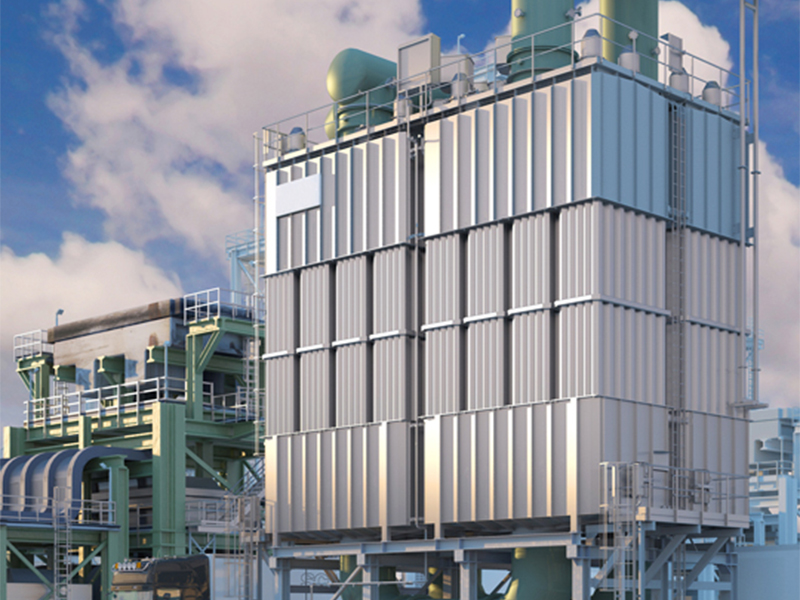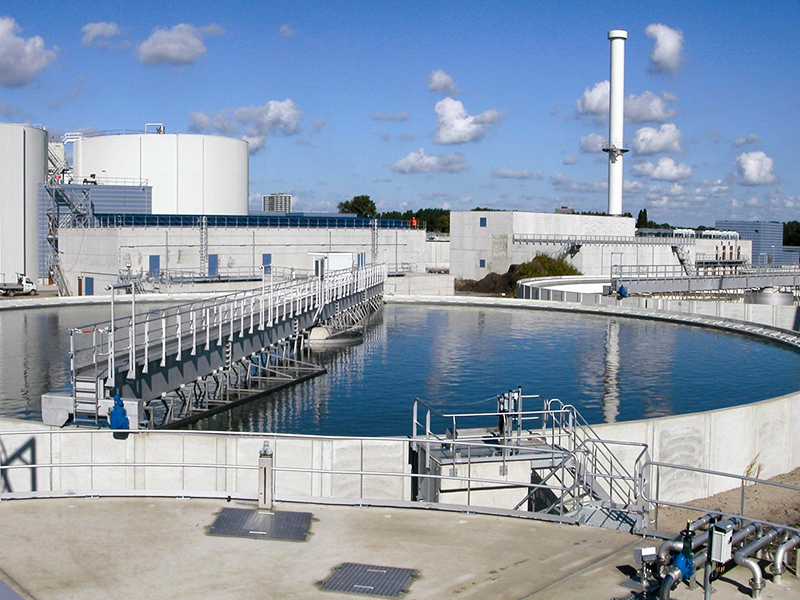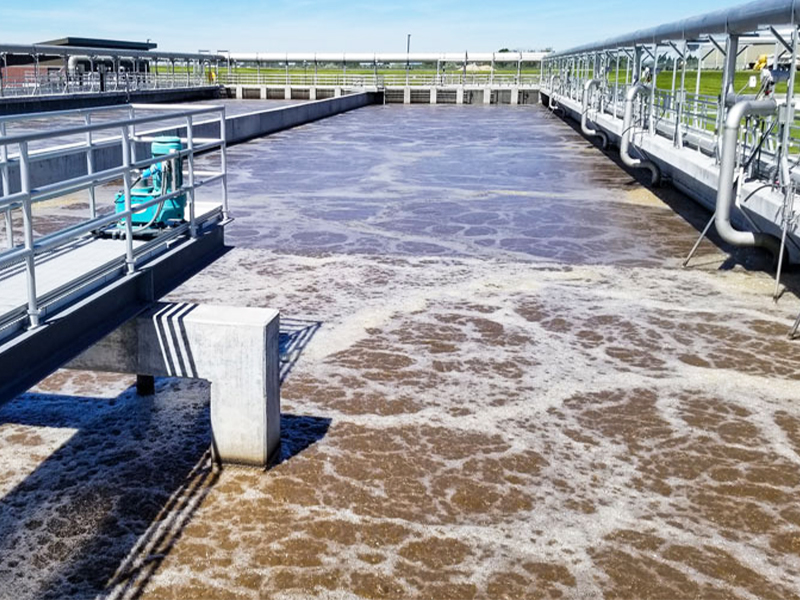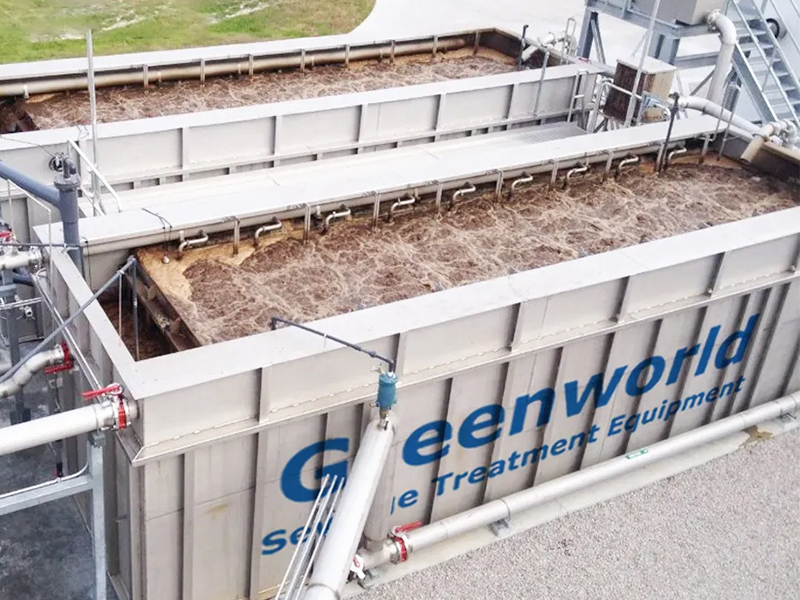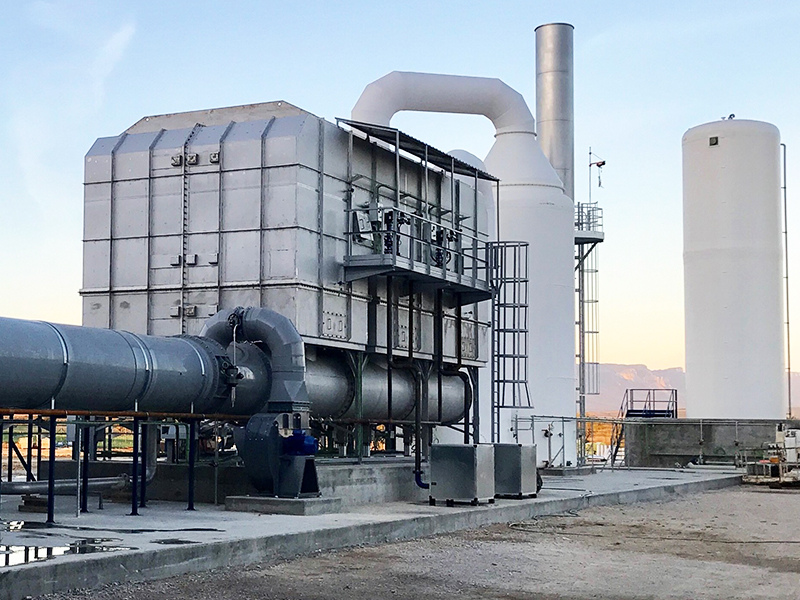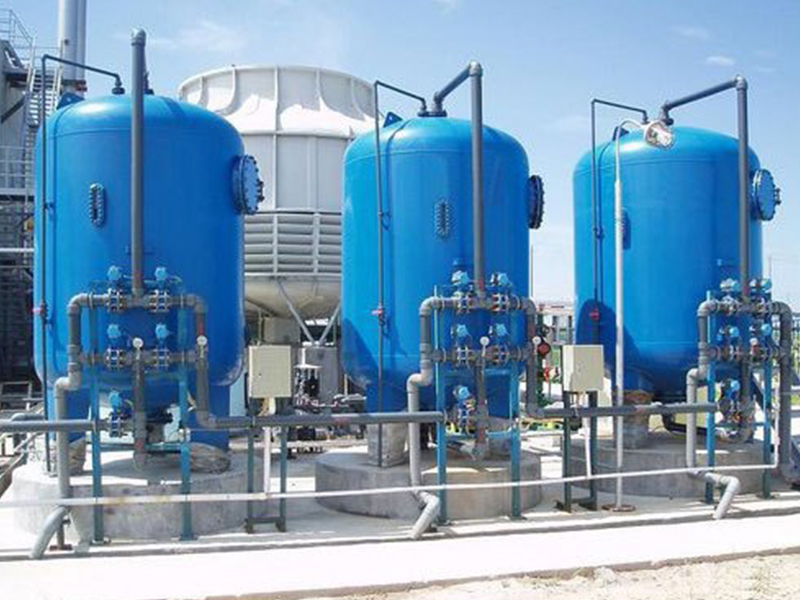0102030405
FRP Filtration Tanks Stainless Steel Pressure Vessels Water Treatment Filter Plant
Project Introduction
Filter tank vessel is an indispensable equipment in the pipeline of conveying media, usually installed on the import equipment of pressure relief valve, pressure relief valve, fixed water level valve, square filter and other equipment. The filter consists of a cylinder, a stainless steel filter, a sewage discharge part, a transmission device and an electrical control part. After the water to be treated passes through the filter filter, the impurities are blocked. When cleaning is required, simply remove the detachable filter and reinstall it. Therefore, it is very convenient to use and maintain.
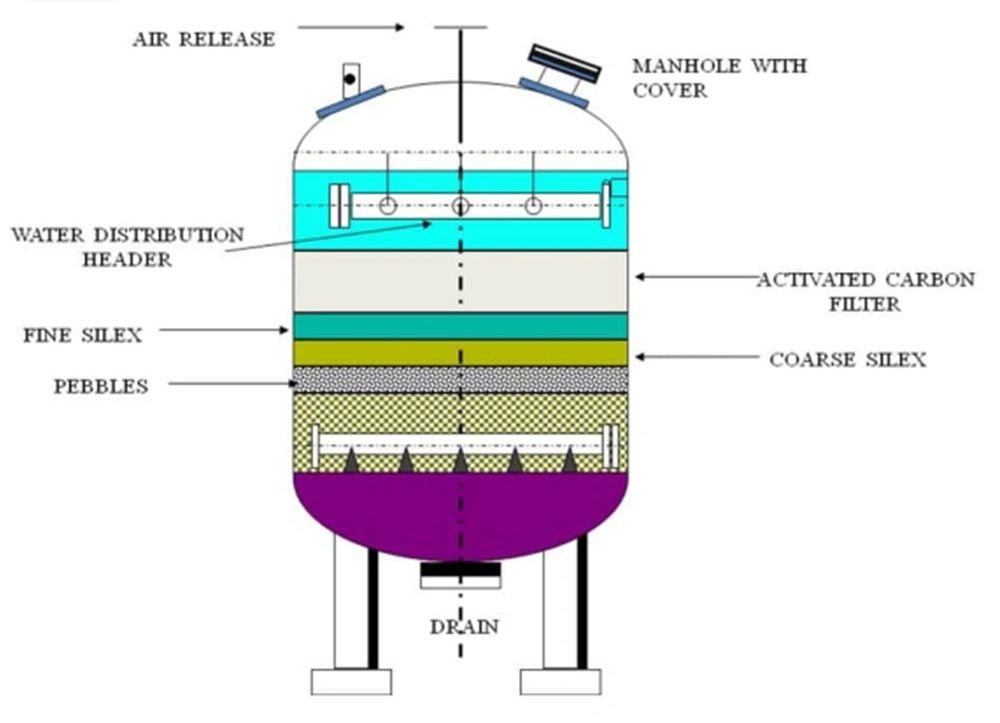
The internal structure of the water treatment filtration tank usually includes the following components:
1. Tank: The main structure of the water treatment filtration equipment is the tank. The tank is usually made of carbon steel anti-corrosion, rubber-lined, stainless steel 304 or fiberglass. The choice of material depends on the specific requirements of the filtration process and the type of water being treated.
2. Water distributor: The water distributor is located on the top of the filter and is responsible for evenly distributing raw water to the filter layer. This ensures that water flows evenly through the filter material, resulting in effective filtration.
3. Filter material: The core part of the filter tank is the filter material, which is usually a combination of different media such as quartz sand, activated carbon, anthracite, and manganese sand. Filter materials are graded according to specific particle sizes, shapes, and thicknesses to effectively remove different particles and impurities from water.
4. Filter plate and filter cover: The filter plate supports and fixes the filter material in place, while the filter cover is installed above the filter plate to collect filtered water.
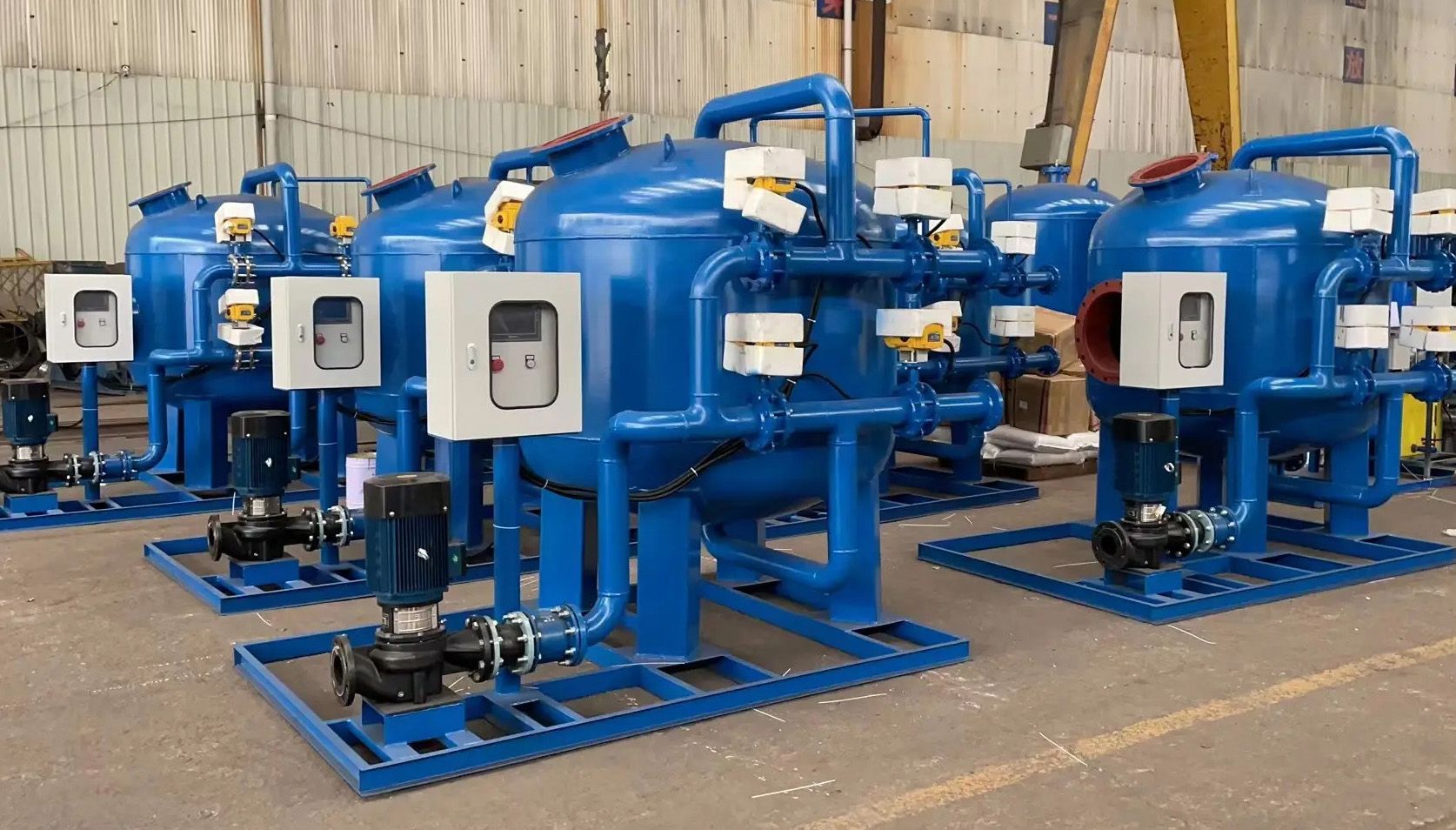
5. Air distributor: Some filter pools are equipped with air distributors, which inject air into the filter layer to increase water flow, enhance the mixing effect, and improve the overall filtration process.
6. Water collector: The water collector is located at the bottom of the filter and is responsible for collecting filtered water and then draining it from the water tank.
7. Legs or supports: In order to ensure the stability and safety of the filter container, legs or other structural supports are used.
In addition, some filter tanks are also equipped with a backwash system, including backwash drain valves, backwash water inlet valves and other components. The system is designed to regularly clean the filter material and restore filtration efficiency.
All in all, the internal structure of water treatment filter tanks and vessels is carefully designed to ensure effective removal of impurities and particles from the water. Each component plays a vital role in the overall filtration process, providing clean and safe water for a variety of applications.
How the filter plant works
When the filter is working, the water to be filtered enters the filter from the outlet and enters the pipeline required by the user through the outlet for process circulation, and the particulate impurities in the water are intercepted inside the filter. Such a continuous cycle, more and more particles intercepted, the filtration speed is getting slower and slower, the inlet sewage is still entering, the filter hole is getting smaller and smaller, the pressure difference between the inlet and outlet, when the large difference reaches the set value, the differential pressure transmitter will transmit the electrical signal to the controller, the control system starts the driving motor through the transmission component drive shaft rotation, at the same time open the sewage outlet, when the filter is cleaned, The pressure difference is reduced to the minimum, the system returns to the initial filtration state, and the system operates normally. The filter is composed of shell, multi-filter element, backwash mechanism, differential pressure controller and other components. A partition inside the housing divides its inner cavity into an upper and a lower chamber. The upper chamber is equipped with multiple filter elements, which sufficiently reduces the filtration space and significantly reduces the volume of the filter, and a backwash suction cup is installed in the lower chamber. When working, the turbidity liquid enters the lower cavity through the filter element. Impurities greater than the filter element gap are intercepted, the net liquid reaches the upper cavity through the gap, and finally is sent out from the outlet.
Recent advances in waste gas treatment represent significant progress in addressing environmental challenges while also providing opportunities for businesses to thrive in a sustainable, environmentally friendly manner. This innovative solution is bound to have a positive impact in the fields of waste gas treatment and environmental protection with its promise of high efficiency, low operating costs and zero secondary pollution.
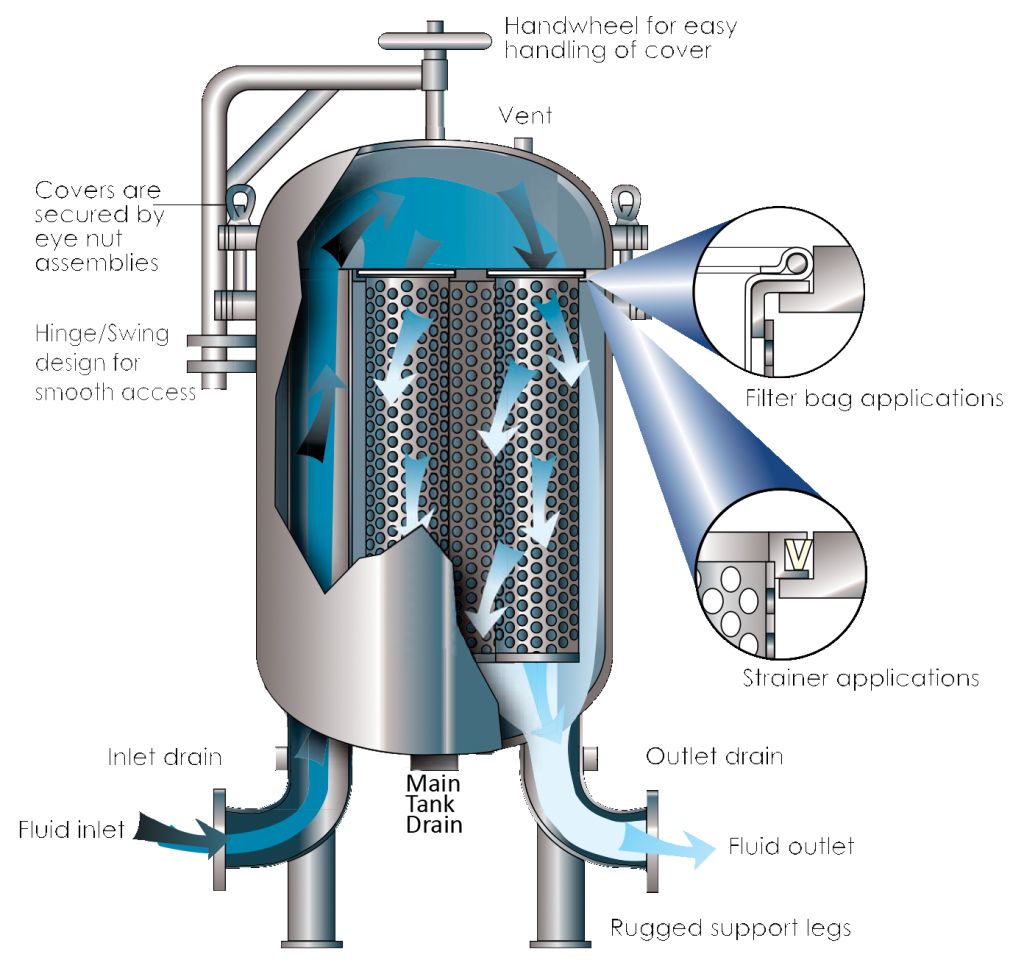
The filter uses a high strength wedge filter, which is regularly controlled by differential pressure control to automatically clean the filter. When the impurities in the filter accumulate on the filter surface, causing the pressure difference between the inlet and outlet to increase to the set value, or the timer reaches the preset time, the electric control box sends a signal to drive the backwash mechanism. When the backwash suction plate is opposite the filter inlet, the drain valve opens. When the system drains, the suction cup and the filter have a negative pressure area where the relative pressure is lower than the external water pressure of the filter, forcing part of the net circulating water to flow into the filter from the outside, and the impurity particles adsorbed on the inner wall of the filter flow into the filter with the water and discharge from the drain valve. The specially designed filter creates a jet effect inside the filter, and any impurities are washed away from the smooth inner wall. When the pressure difference between the inlet and outlet of the filter returns to normal or the timer setting time ends, the material continues to flow during the whole process, and the backwashing consumes less water to achieve continuous production. Filters are widely used in metallurgy, chemical industry, petroleum, papermaking, medicine, food, mining, electricity, urban water supply and other fields. Such as industrial waste water, circulating water filtration, emulsion regeneration, waste oil filtration treatment, metallurgical industry continuous casting water system, blast furnace water system, hot rolling high pressure water descaling system. It is an advanced, efficient and easy to operate automatic filtering device.
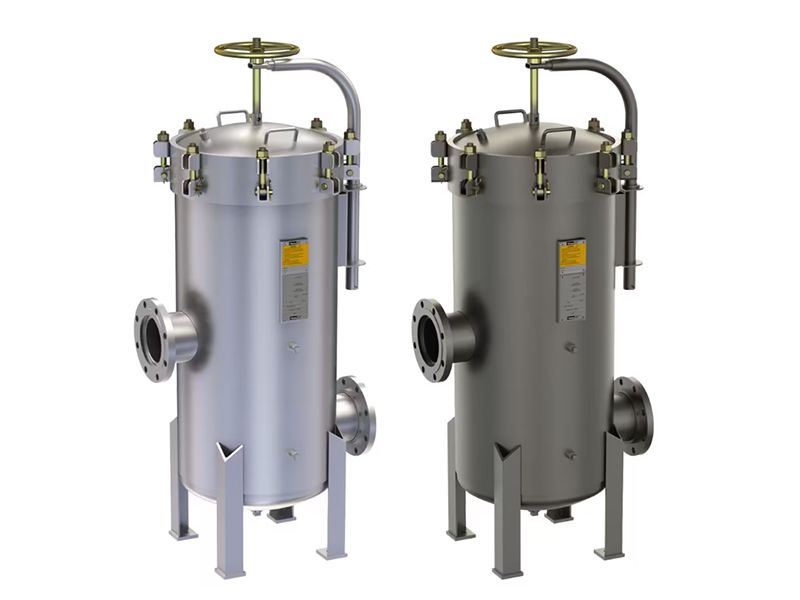
The water to be treated by the filter enters the body from the inlet, and the impurities in the water are deposited on the stainless steel filter, resulting in differential pressure. The change of inlet and outlet pressure difference is monitored by differential pressure switch. When the pressure difference reaches the set value, the electrical controller signals the hydraulic control valve to drive the motor. After the equipment is installed, the technical personnel will debug it and set the filtration time and cleaning conversion time. The water to be treated enters the body from the inlet and the filter begins to work properly. When the preset cleaning time is reached, the electrical controller gives a signal to the hydraulic control valve driving motor, resulting in the following actions: the motor drives the brush to rotate, the filter element is cleaned, the control valve is opened and discharged, and the whole cleaning process only lasts tens of seconds. At the end of cleaning, the control valve is closed, the motor stops rotating, the system returns to the initial state, and the next filtration process begins. The filter shell is mainly composed of coarse filter screen, fine filter screen, sewage straw, stainless steel brush or stainless steel suction nozzle, sealing ring, anti-corrosion coating, rotating shaft and so on.
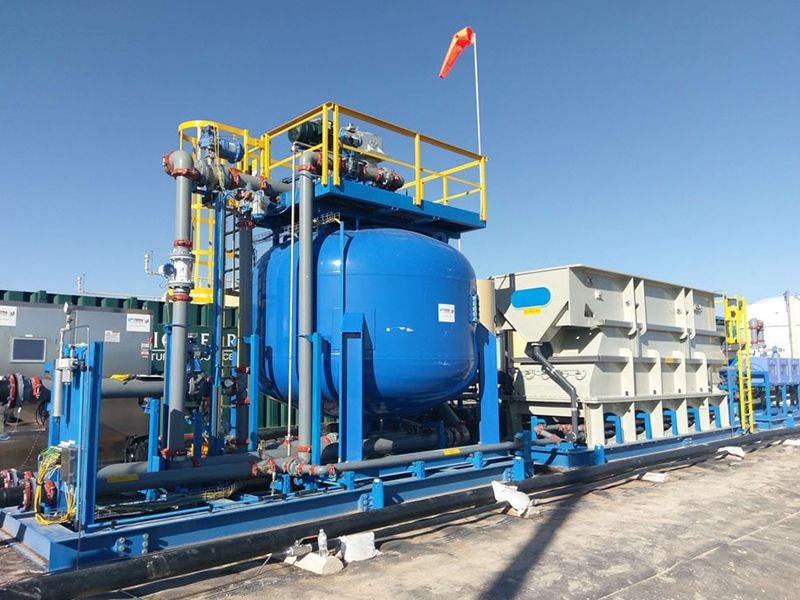
A filter medium is used to divide the container into an upper chamber and a lower chamber to form a simple filter. The suspension is added to the upper chamber and enters the lower chamber through the filter medium under the action of pressure to become filtrate. Solid particles are intercepted on the surface of the filter medium, forming filter residue (or filter cake). During the filtration process, the filter residue layer accumulated on the surface of the filter medium gradually thickened, the resistance of liquid through the filter residue layer increased, and the filtration speed decreased. When the filter chamber is full of filter residue or the filtration speed is too small, stop the filtration, remove the filter residue, regenerate the filter medium, and complete the filtration cycle.
The liquid must pass through the filter residue layer and the filter medium to overcome the resistance, so there must be a pressure difference on both sides of the filter medium, which is the driving force to achieve filtration. Increasing the pressure difference can accelerate the filtration, but when the pressure difference is large, the deformed particles are easy to block the pores of the filter medium, but the filtration speed is slow.
Water treatment filters have the following filtration methods
Physical filtering:
One of the main working principles of water treatment filters is physical filtration. When water passes through the filter layer, the tiny pores on the filter layer can block most solid particles, such as sediment, suspended matter, etc., and these solid particles will be captured by the filter layer. This method can effectively remove visible impurities from the water, making the water clearer and safer to drink.
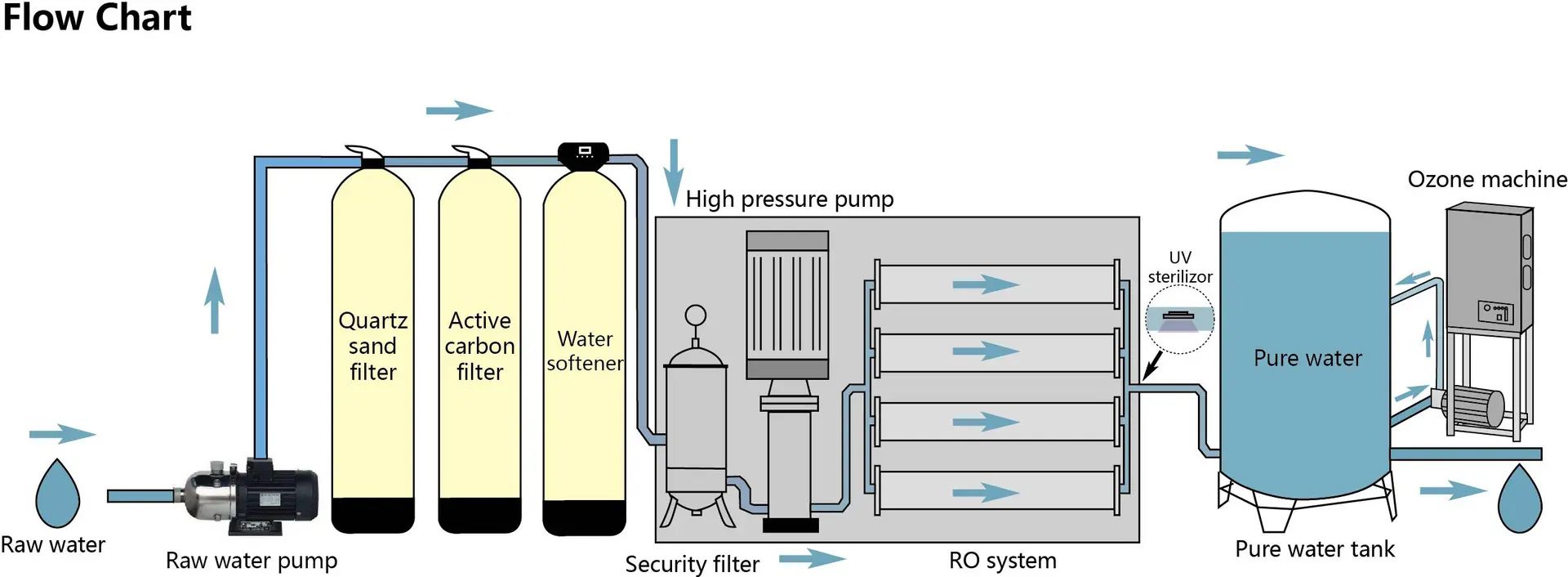
Chemical filtration:
In addition to physical filtration, water filtration can also remove harmful substances from the water through chemical reactions. Adding specific chemicals, such as activated carbon, resin, etc., to the filter layer can absorb heavy metal ions, organic matter, etc. in the water. This process helps remove impurities that cannot be captured through physical filtration alone, ensuring the water is free of potentially harmful contaminants.
Ion exchange:
By adding resin with ion exchange function to the filter layer, hardness ions in the water, such as calcium ions, magnesium ions, etc., can be removed. This method is particularly effective at softening hard water, improving the taste of the water and preventing scale buildup in pipes and appliances.
Remove viruses and bacteria:
Water treatment filters are also designed to remove harmful microorganisms from the water. By selecting the appropriate filter material and pore size, bacteria and viruses can be effectively blocked from passing through the filter layer. Some water filtration devices also use methods such as ultraviolet light or ozone to disinfect the water to ensure water safety and provide additional protection against waterborne diseases.

Special handling filtering:
Some water treatment filters also use special filtration technology, such as high-pressure and high-frequency electromagnetic field filtration, to remove calcium, magnesium ions and other minerals in the water to achieve the purpose of anti-scaling. This is especially important in hard water areas, where demineralization can extend the life of water appliances and reduce maintenance costs.
Regeneration of ion exchange resin:
Ion exchange resins become saturated after use and require a regeneration process to restore them. This process usually involves passing a highly concentrated acid or alkali solution through an ion exchange resin to desorb harmful substances adsorbed on the surface of the resin. This ensures that the resin continues to effectively remove hardness ions from the water, extending its life and maintaining water quality.
In summary, water treatment filters use a variety of filtration methods to ensure that the water we consume is safe and free of impurities. Whether filtered through physical, chemical, ion exchange or special treatment, these methods work together to provide clean and healthy water for our daily needs. By understanding the different filtration methods used by water treatment filters, we can understand the importance of these systems in maintaining water quality and safeguarding public health.
There are three ways of suspension filtration: filter residue layer filtration, deep filtration and filtration.
1.Filter residue layer: filter initial filter medium can only intercept large solid particles, small particles through the filter medium. After the initial filter residue layer is formed, the filter residue layer plays a major role in the filtration. At this point, the size of the particle is intercepted, such as the plate and frame filter filter.
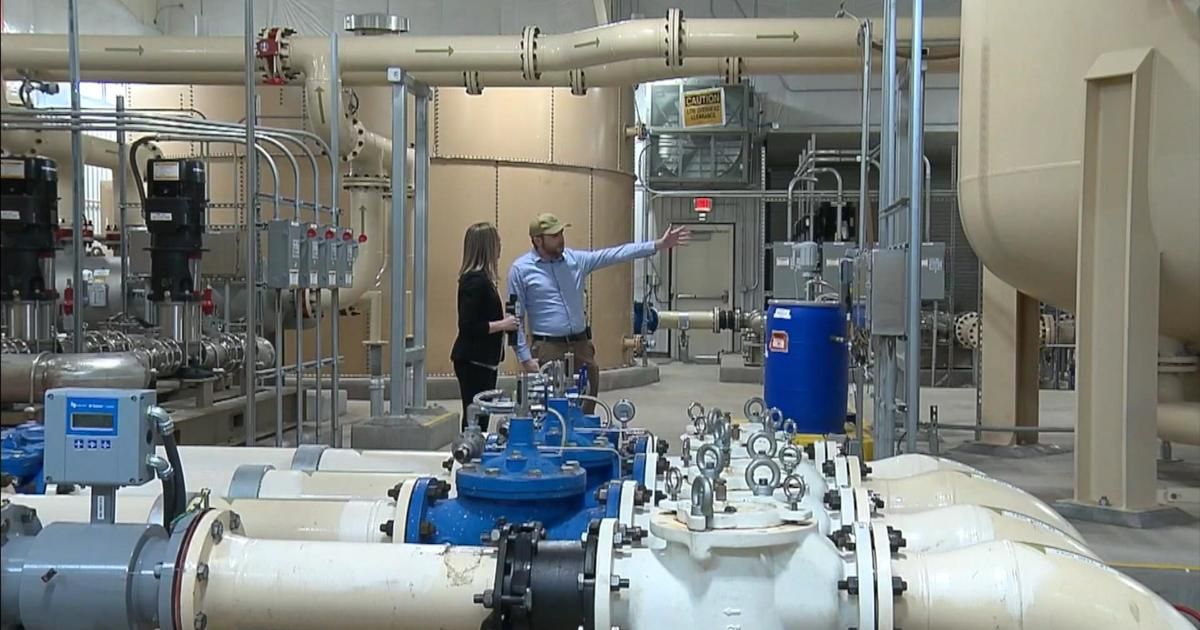
2. Deep filtration: the filter medium is thick, there are fewer solid particles in the suspension, and the particles are smaller than the filter medium. During filtration, particles are adsorbed in pores after entering, such as porous plastic tube filters and sand filters.
3. Filtration: the solid particles intercepted by filtration are greater than the pores of the filter medium, and the filter medium does not absorb solid particles, such as the barrel filter filter coarse impurities in the filtered sewage. In the actual filtering process, the three methods often appear simultaneously or one after another.
When the solid particles in the suspension are large and the particle size is uniform, the pores of the filter layer are relatively smooth, and the velocity of the filter layer through the filter layer is large. It is beneficial to improve the filtration speed to integrate fine particles into large blocks with coagulant.
For the suspension with fast settling speed of solid particles, the filter should be applied to the upper part of the filter medium so that the filtration direction is consistent with the direction of gravity. Coarse particles settle first, which can reduce the blockage of filter media and slag layer. Diatomite, expanded perlite and other coarse solid particles mixed in the difficult to filter suspension (such as colloid), can loose filter residue layer; When the filtrate viscosity is high, the suspension can be heated to reduce the viscosity. These measures can speed up the filtration.
description2

